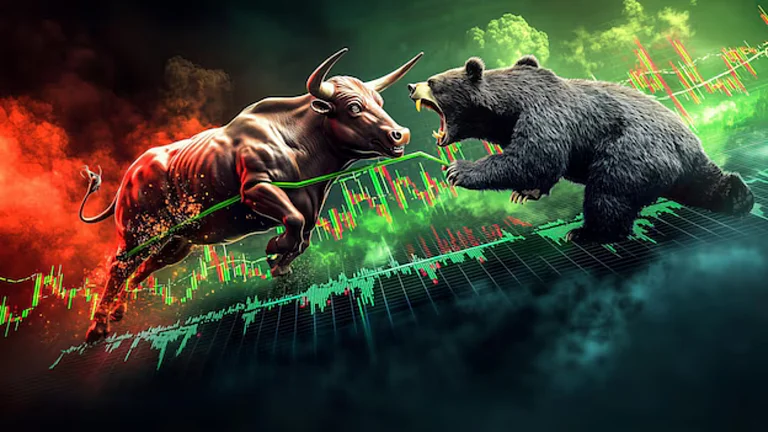Stock markets can be hard to track even for seasoned traders, and more so when it comes to derivatives trading. Any attempt to capture or even predict could go wrong despite our best educated guess or what most market pundits want us to believe that they have cracked the puzzle. It was abundantly clear from the recent data of the Securities and Exchange Board of India (Sebi). While there has been an astonishing growth in the number of new individual traders from 7.1 lakh in FY2019 to 45.2 lakh in FY2022, their significant losses were equally humbling.
Data shows that 89 per cent of individual traders, or 9 out of 10, incurred losses in the equity futures and options (F&O) market. The average loss was Rs. 1.1 lakh in FY22.
A breakdown of the figures shows that of the total active traders, 90 per cent of them suffered an average loss of Rs 1.25 lakh in the same period. And excluding the “outliers”, the average net trading loss was nearly Rs 50,000 or over 15 times the average profit of the profit makers in FY22. It shows that it hasn’t been a smooth ride for most traders in the derivatives segment.
The Sebi report titled “Analysis of Profit and Loss of Individual Traders dealing in Equity F&O Segment” showed that there had been a 500 per cent growth in the number of unique individual traders between FY19 and FY22, yet, 89 per cent suffered losses.
The study has also revealed some interesting facts about the age groups. For example, in FY22, people in the age group of 30-40 years were the highest participants at 39 per cent across all the age groups. On the other hand, the participants in the 20-30-year age bracket rose from 11 per cent to 36 per cent in FY22. Also, 80 per cent of individual traders were males in both financial years.
Regarding profit makers, the report highlights that 11 per cent of individual traders made a profit with an average return of Rs 1.5 lakh. However, for active traders, the percentage went down marginally to 10 per cent, although the average yield went up to Rs. 1.9 lakh in the same period.
Of the active traders, excluding outliers, the report said, only 6 per cent of individual traders made a profit with an average return of close to Rs 3,400 in FY22. In addition, the top one percent and the top five percent active profit makers accounted for nearly 51 per cent and 75 per cent of the total net profit earned by all active profit makers, respectively.
Likewise, the number of individual traders in the index and stock options went up by nearly eight and five times, respectively, in the last three years.
Furthermore, among all unique individual traders in the derivatives segment, 98 per cent traded in options while 11 per cent traded in futures in FY22 compared to 89 per cent and 43 per cent, respectively, in FY19.
In FY22, 89 per cent of individual index option traders suffered losses of Rs 0.77 lakh, while 82 per cent of individuals in the stock options incurred average losses of Rs 0.66 lakh.
The percentage of loss-makers was 74 per cent and 67 per cent for index futures and stock futures, with an average loss of Rs 0.96 lakh and Rs 2.1 lakh, respectively.













